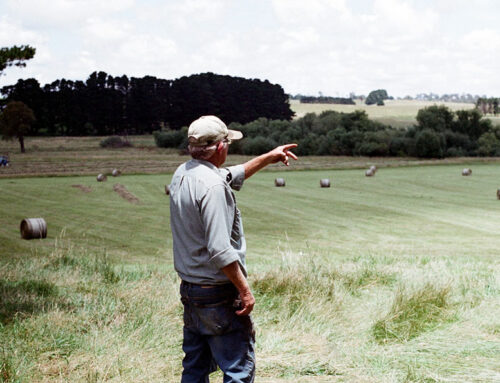Federal farm programs are ripe for reform, especially those that lock in record high prices and guarantee farmers’ expected income. As Congress debates a new 5-year Farm Bill, now is prime time to find budget savings in two highly subsidized programs that could easily cost taxpayers $120 billion over the next decade. Together, revenue insurance policies and Average Crop Revenue Election (ACRE), a revenue management program introduced in the 2008 Farm Bill, allow farm businesses to lock in up to 90 percent of their expected income. While businesses in other sectors pay the full cost of their insurance protection, agricultural producers receive ACRE benefits for free and only pay about forty cents on the dollar for federal crop insurance premiums. While certain corn, wheat, soybean, and cotton farmers come out as winners, taxpayers lose.
Instead of reforming these budget-busting farm revenue programs, agriculture interests have proposed increasing the federal role in farm business decisions through new “shallow loss” programs that compensate farm businesses for losses not covered by existing federal crop insurance. The Senate Farm Bill replaced the failed ACRE program with a similar—in title and substance—entitlement called Agriculture Risk Coverage (ARC), while the House Agriculture Committee crafted a program called “Revenue Loss Coverage.” In addition, both bills would create two additional shallow loss programs called the Supplemental Coverage Option (SCO) and Stacked Income Protection Plan (STAX); STAX is designed specifically for and available only to producers of upland cotton. Like revenue insurance policies, the alphabet soup of federal shallow loss programs— ACRE, ARC, PLC, SCO, and STAX—are designed to pay out when expected revenue (price x yield) falls below a pre-calculated level. Revenue insurance policies currently lock in up to 85% of income while ACRE and new shallow loss programs generally cover a band from 75% to 90%.
Farmers can currently choose from more than 4,000 different combinations of private and public risk management options. Here, we will examine two of these – ACRE and revenue insurance policies. While ACRE is set to expire, similar programs are proposed to take its place so examining the relationship between revenue insurance and ACRE is important for discussions about the 2012 Farm Bill. In addition, because ACRE and revenue insurance shift risk from farm businesses to taxpayers, several unintended consequences occur including duplicative payments, crowding the private sector out of the crop insurance market, increased pressure on natural resources, and consolidation of subsidy payments in the hands of a few large farm businesses.
Read the Full Fact Sheet: Taxpayers Lose with More Unnecessary Farm Subsidy Layers











Get Social